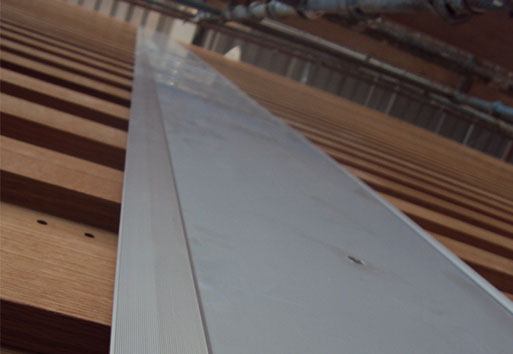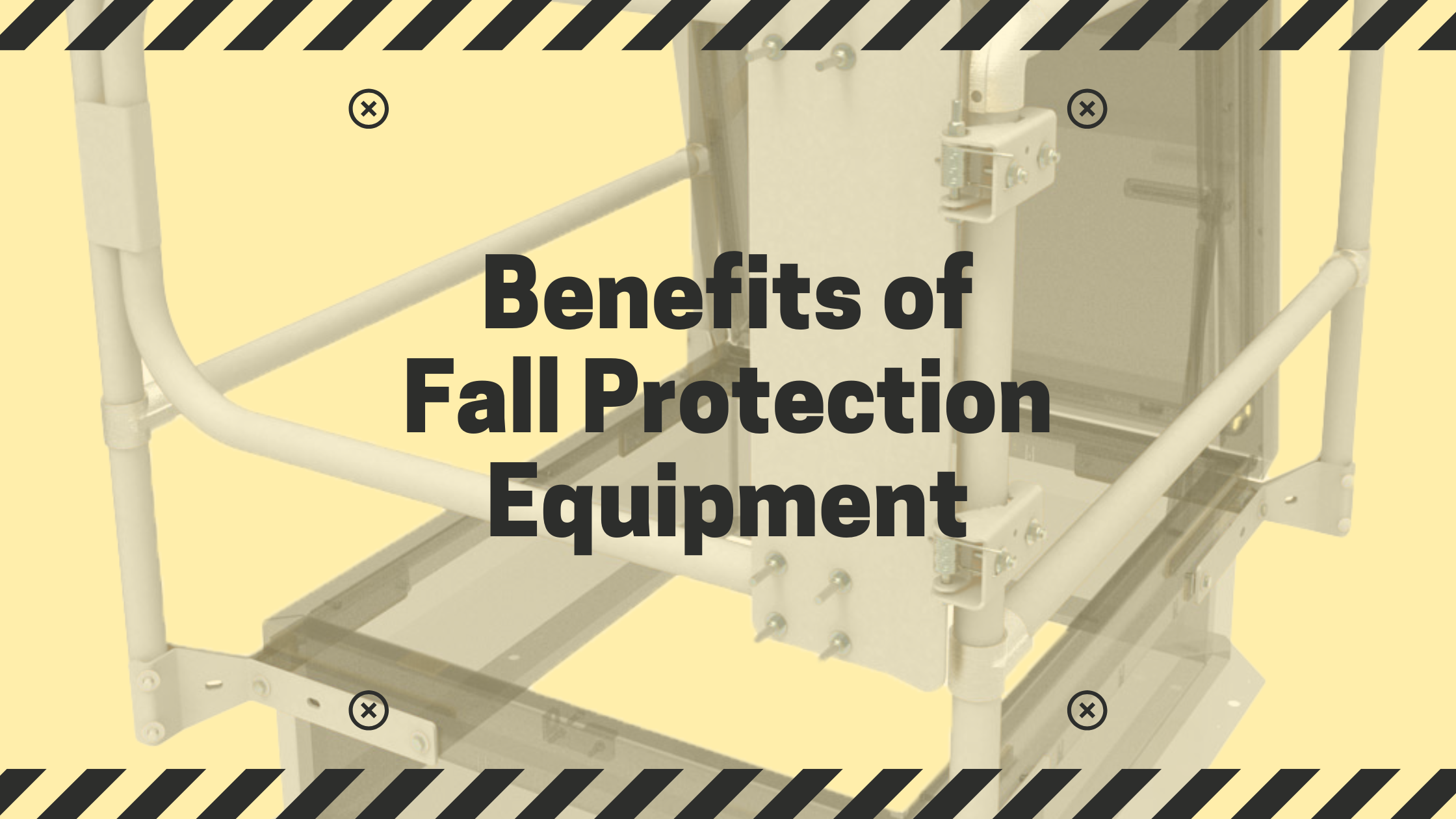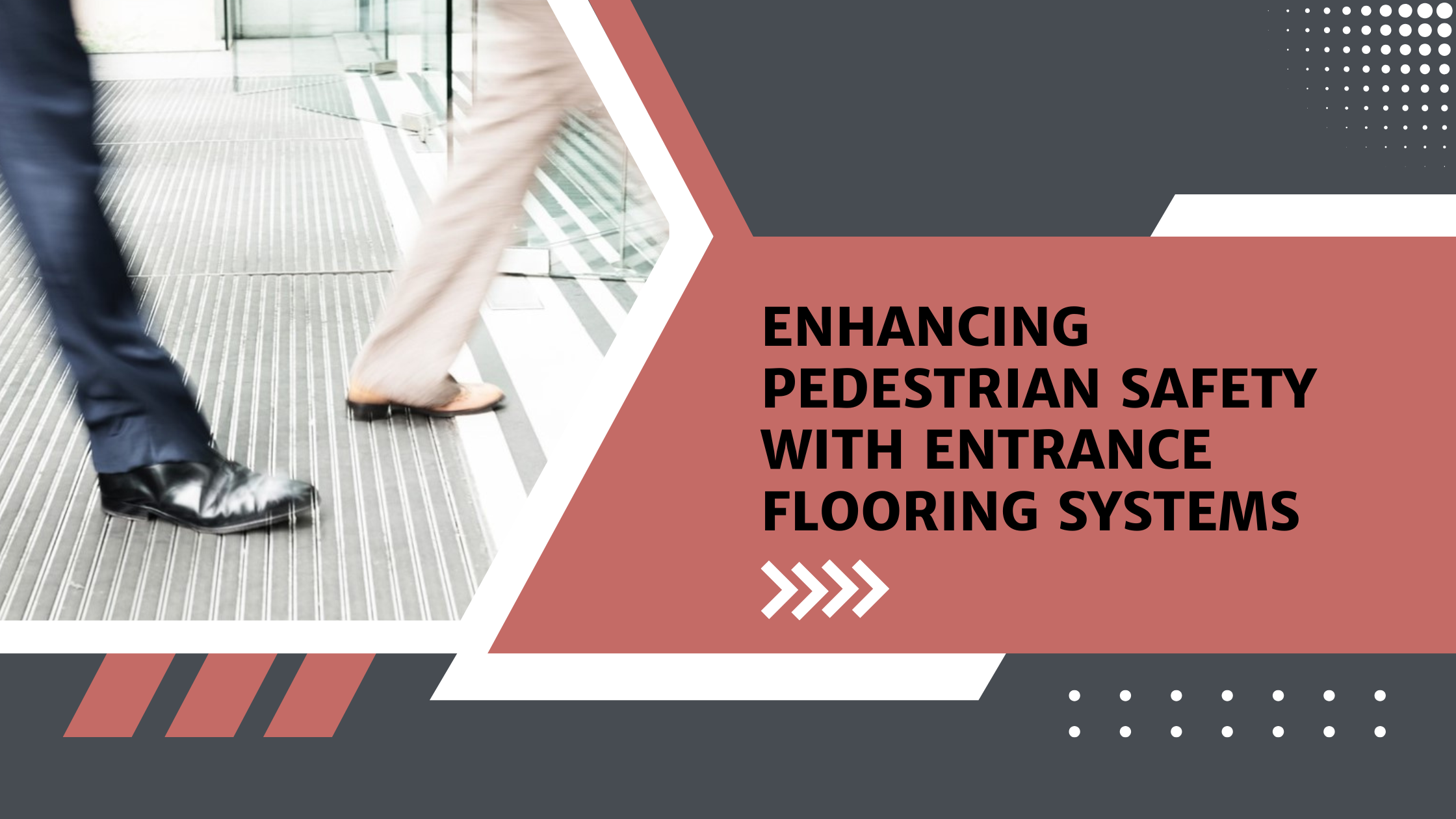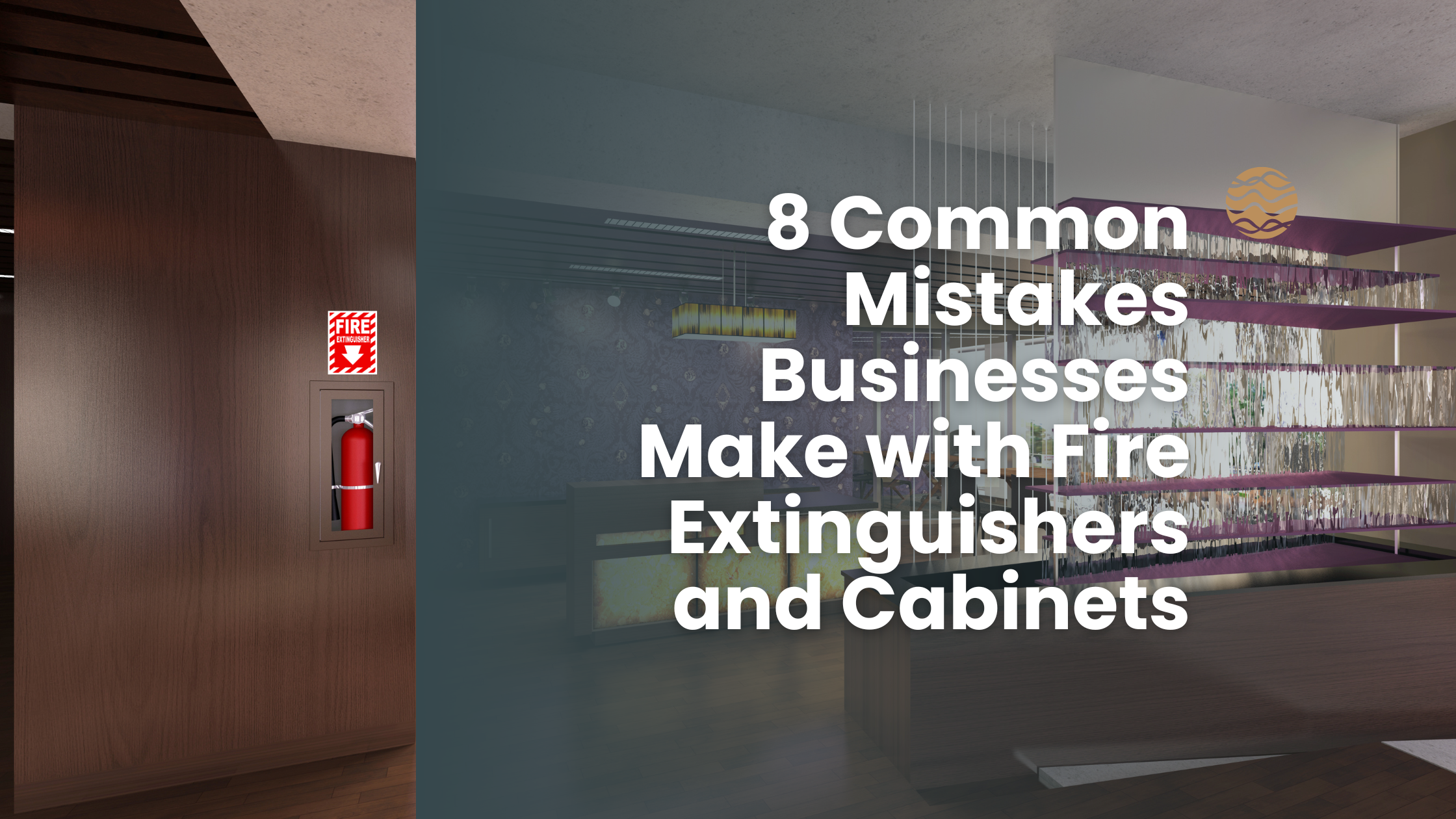
Posts by:
nystrom


Wall Expansion Joints for Building Movement | Nystrom
One of the requirements for large, commercial buildings is the ability to move without damage.

Types of Floor Expansion Joint Covers | Nystrom
While it may seem like a small detail in the grand scheme of construction, picking the right expansion joint covers will help ensure the building’s structural integrity.

Ceiling Expansion Joint: Function, Materials, and Best Practice
Ceiling expansion joints are essential in building design, especially when working with large or multi-structure buildings.

Why Concrete Floor Expansion Joints Matter
You don’t really see them, but concrete floor expansion joints are a big deal in commercial buildings. They’re one of those hidden things that keep the place solid and safe. Picking the right ones can make a huge difference in how long your floor lasts.

Benefits of Fall Protection Equipment
Working in the construction industry can be a dangerous endeavor, with the potential for falls from high places always present. Contractors and building owners must take extra precautions to ensure their safety when working at heights from rooftops and floor doors. This is where fall protection equipment comes into play. Fall protection equipment is designed to keep workers safe while they are working at heights, and its use is increasingly demanded throughout the construction industry. In this blog post, we’ll discuss why it’s so important for contractors and building owners to utilize fall protection equipment and how it can benefit them.

Enhancing Pedestrian Safety with Entrance Flooring Systems
When it comes to building design, safety is paramount.
One often-overlooked element that plays a crucial role in ensuring pedestrian safety is the commercial entrance flooring system. These systems do more than just enhance the aesthetic appeal of a building's entrance; they provide essential safety benefits that protect everyone who walks through the door.

The Future of Specification
Embracing Digital Innovation
For years, specifications – those detailed documents outlining requirements for products, projects, or processes – have been the backbone of industries from construction to manufacturing. But in a world increasingly driven by digital innovation, are our traditional specification methods keeping pace? The answer, often, is no. Thankfully, the future of specification is bright, driven by exciting advancements that promise to revolutionize how we create, manage, and utilize these crucial documents.
-1.png)
5 Access Doors for Plumbers

8 Common Mistakes Businesses Make with Fire Extinguishers and Cabinets
...and how to avoid them.
Fire extinguishers and cabinets are essential components of a business's fire safety strategy, designed to provide easy access to firefighting equipment in an emergency. However, many businesses inadvertently make mistakes in their usage and maintenance of fire extinguishers and cabinets, which can compromise their effectiveness. In this blog, we'll explore some common mistakes businesses make with fire extinguishers and cabinets and provide tips on how to avoid them.
